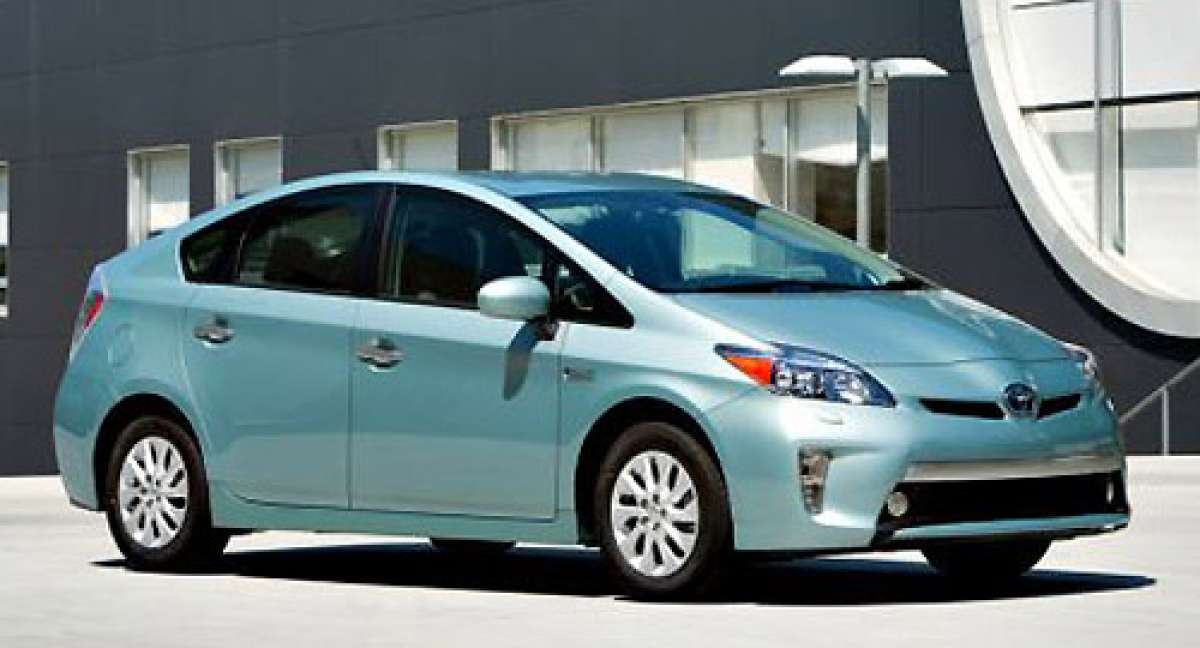Taking advantage of government subsidies to facilitate the development of a charging grid, the automakers see how it is to their mutual benefit to get the grid in place while the government is in a mood to help.
Currently, the 1,700 fast charging stations and 3,000 normal chargers on the island nation are considered woefully inadequate to future sales of electrified vehicles.
In addition to owners ability to charge a vehicle at home, Toyota, Nissan, Honda and Mitsubishi recognize a need for more destination units that allow EV owners to recharge at shopping centers, restaurants and hardware/home improvement stores.
Those are in addition to more route charging stations placed along intercity highways at rest stops, and roadside service and eating establishments.
Previously, each of the automakers worked to develop charging sites independently, but now the significant government subsidies to new stations has them working together, especially on stations taking advantage of alternative energy sources, similar to the Solar Tree charging stations GM has placed in its parking lots.
All plug-in vehicles will benefit from such a grid, not just no-emission full electrics. Thus it is in the interest of the four manufacturers to work together to build a functional charging grid while the Japanese government is picking up part of the tab.
This type of industrial cooperation with government for the common good could provide an exemplary model for the state of California, as it endeavors to fulfill its legislated emission limits and auto efficiency standards.
The Terms of the Agreement:
Toyota, Nissan Honda and Mitsubishi will jointly promote installation of chargers in Japan. They will work together to locate sites and install chargers to the tune of 8,000 normal chargers and 4,000 quick chargers.
The automakers agree to bear part of the installation and maintenance costs.
The whole point is to make charging user-friendly for owners of plug-in hybrids, plug-in hybrid electrics and electric vehicles. A stated goal of the program is enabling owners to charge a car at any charging spot using the same card.
They have also agreed to work in consort with government agencies and local governments.
Since the Japanese government sees electrified vehicles are the driving force of alternative energy initiatives, they intend to expand the use of these vehicles, achieving a 15 to 20 percent ratio of new car sales by 2020.
Toyota, Nissan, Honda and Mitsubishi will work together to develop a user-friendly charging infrastructure to help maximize the future use of electric-powered vehicles.





